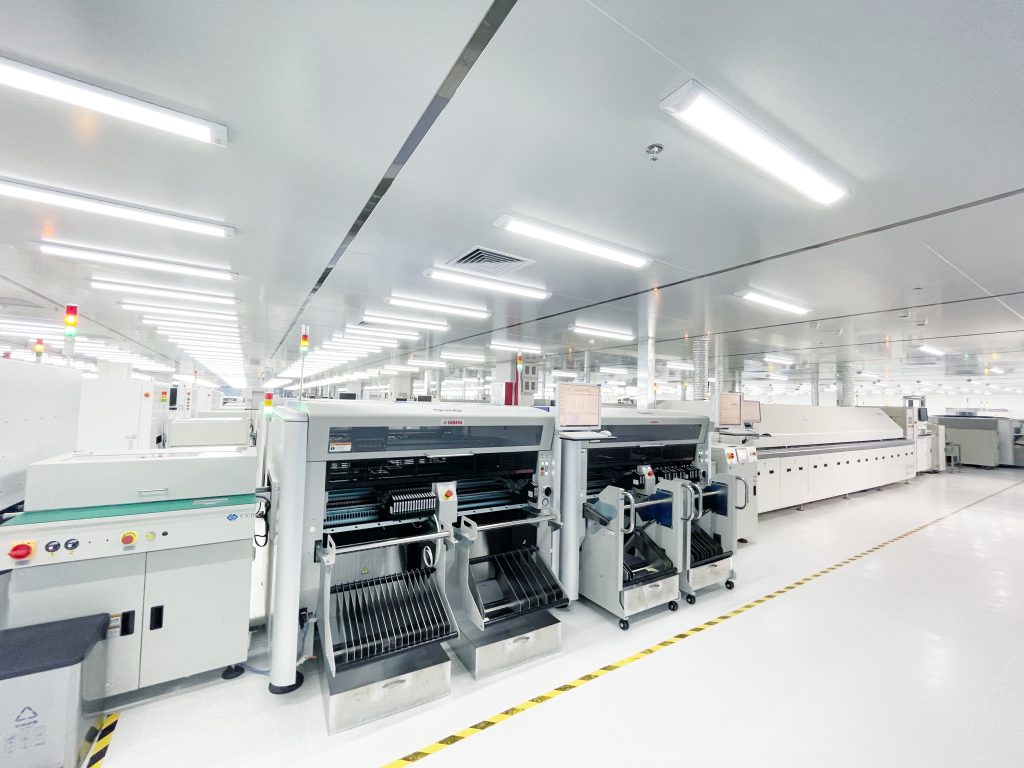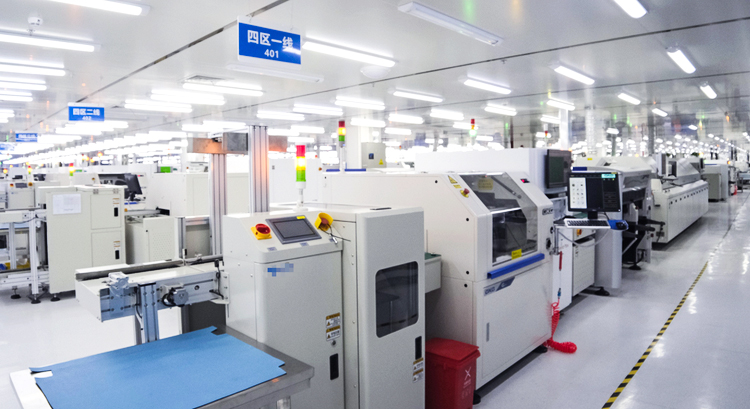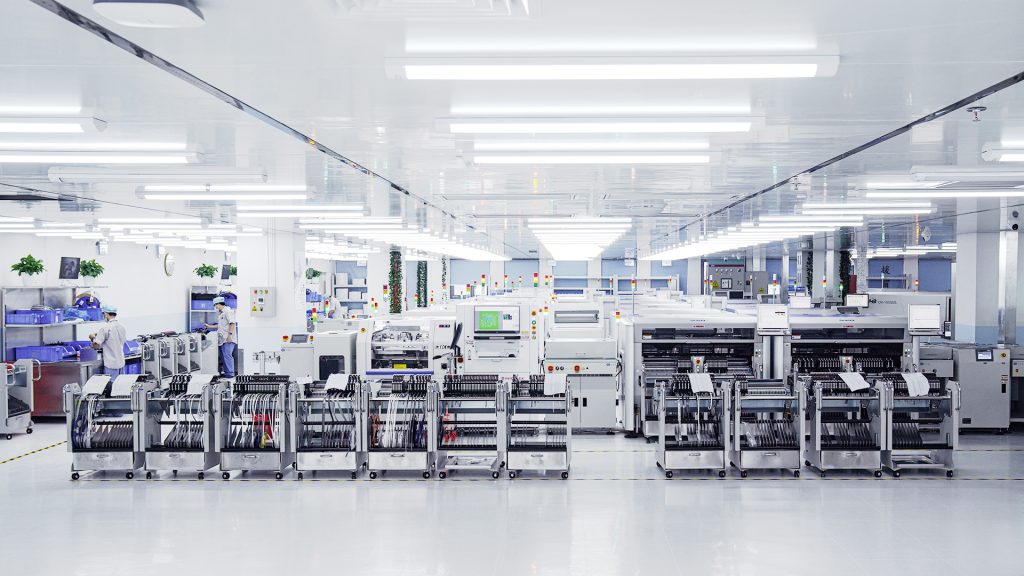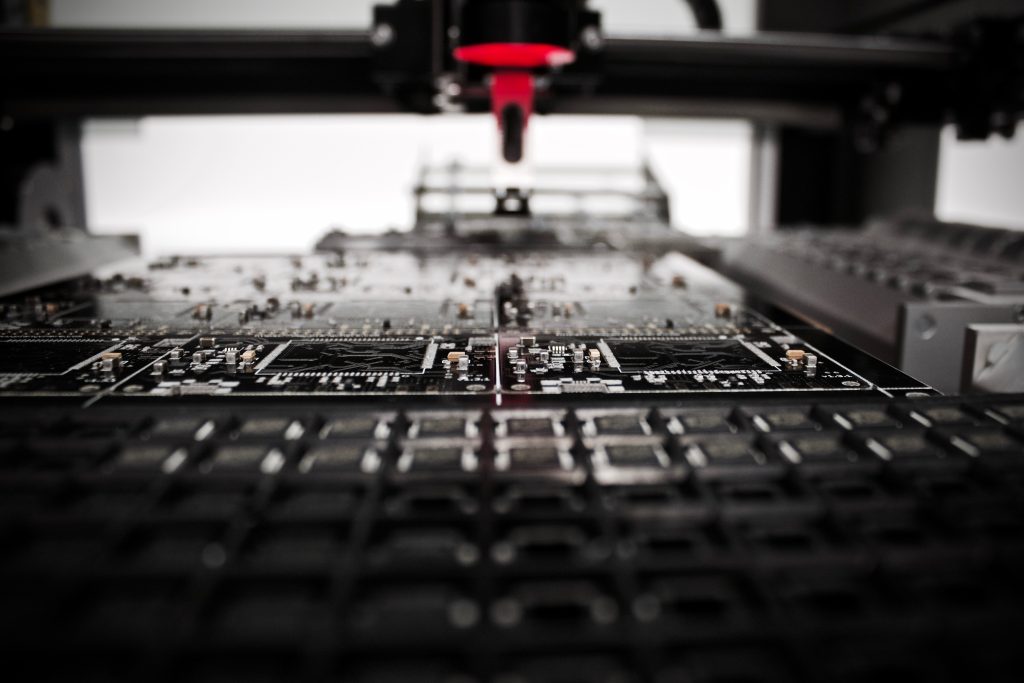For electronics enthusiasts, SMT is a widely seen term that LCSC will introduce in this article. What exactly is Surface Mount Technology, and why has it become so popular? Let’s delve into these questions with LCSC and explore the fundamental processes of SMT.
Surface Mount Technology: A Concise Overview
Surface Mount Technology has revolutionized electronics manufacturing by enabling components to be mounted directly onto the surface of a printed circuit board (PCB). This modern approach has largely replaced traditional through-hole techniques and offers numerous benefits such as space efficiency, higher component density, improved performance, and reduced costs.

What Is SMT? What Does Surface Mount Technology Mean?
SMT is a method for mounting electronic components directly onto the surface of a PCB without the need for holes or leads to pass through the board. Initially known as planar mounting, SMT has evolved into the industry standard for electronic assembly.
The Role of Surface Mount Devices
Surface Mount Devices (SMDs) are the electronic components used in SMT, including resistors, capacitors, transistors, and integrated circuits. Designed to be soldered directly onto the PCB’s surface, SMDs have facilitated advancements in miniaturization and performance in electronic devices.

Techniques for Soldering SMDs
There are two primary techniques for soldering SMDs onto PCBs:
Reflow Soldering: This is a process where solder paste is applied to the PCB pads, and components are placed on top. The assembly then goes through a reflow oven, which melts the solder, creating a strong bond between the components and the PCB.
Wave Soldering: This technique is less common in SMT but involves a wave of molten solder that moves across the PCB, soldering components in place.
Understanding the Difference Between SMD and SMT
“SMD” refers to the components designed for surface mounting, while “SMT” describes the process used to assemble these components onto a PCB. SMDs include various electronic parts like resistors and capacitors, designed to be mounted flat against the PCB. SMT, on the other hand, involves several steps: screen printing solder paste, placing SMDs, reflow soldering, and inspecting the finished product.
Benefits of Surface Mount Technology
SMT has gained popularity due to its numerous advantages:
- Space-saving: Eliminates the need for drilled holes, allowing for more compact and slimmer designs.
- Higher assembly density: Utilizes both sides of the PCB, accommodating more complex circuitry.
- Improved performance: Shorter lead lengths and reduced parasitic effects result in faster signal propagation and lower electromagnetic interference (EMI).
- Reduced costs: Automated assembly processes lower labor costs and improve production efficiency.

Comparing SMT with Through-Hole Technology
Through-hole technology involves inserting component leads into drilled holes and soldering them on the other side of the PCB. Although once standard, through-hole technology has been largely replaced by SMT due to SMT’s advantages. Here’s a comparison:
| Characteristic | SMT | Through-Hole |
| Finish Type | Planar finish (ENIG, Immersion Silver, OSP) | Non-planar HASL most common |
| Lead Insertion Method | Components mount to surface pads,no hole | Hole required |
| Assembly Configuration | Common 2-sided assembly | Rare 2-sided assembly |
| Lead Spacing | 0.0157” spacing (0.0197” common) | Typically 0.100” or greater |
| Assembly method | Automated assembly | Manual or automated |
| Stencil Requirement | Required unless small lot, simple PCB | Not required |
| Vias in Pads | Possible | Not possible |
| Laminate Temperature | High-temperature (170C Tg) | Standard temperature (130C Tg) |
| Density Achievable | Very high | Limited by hole spacing |
| PCB Footprint | Minimal | Larger |
Integrating SMT and Through-Hole Technology
Both SMT and through-hole technology can be used on the same PCB. SMT is ideal for many components, but through-hole technology remains valuable for large transformers, power semiconductors, and military or aerospace applications that face extreme conditions.
Fundamental Processes of SMT
The SMT process includes several key steps:
- Screen Printing: Applies solder paste or glue to PCB pads.
- Glue Dispensing: Applies glue to fix components in place.
- Component Placement: Positions SMDs on the PCB.
- Reflow Soldering: Melts solder paste to bond components to the PCB.
- Cleaning: Removes harmful soldering residues.
- Inspection: Checks soldering quality and assembly.
- Rework: Corrects any defects found during inspection.

Specific Applications of SMT
SMT is widely used across various industries:
- Consumer Electronics: Smartphones, tablets, and laptops.
- Telecommunications: High-speed routers and networking equipment.
- Automotive Industry: Electronic control units (ECUs) and infotainment systems.
- Medical Devices: Wearable monitors and portable instruments.
- Aerospace and Defense: Avionics and satellite systems.
- Industrial Automation: Control systems and automation equipment.
- IoT and Wearable Technology: Compact devices with limited space.
- High-Performance Computing: Servers and data storage devices.
- LED and Lighting Industry: Energy-efficient lighting solutions.
- RF and Microwave Devices: Devices requiring signal integrity.

The versatility, efficiency, and high component density support of SMT make it a crucial technology across a broad spectrum of modern electronics manufacturing applications. As technology continues to progress, the application of SMT is expected to expand even further, fostering innovation and enabling new electronic products and systems.
Conclusion
SMT has transformed electronics manufacturing by offering a compact, efficient, and cost-effective alternative to through-hole mounting. Its benefits, including space-saving design, higher density, and improved performance, have made it the preferred choice for many applications. Through-hole technology still plays a role in specific scenarios, especially where its unique advantages are indispensable. As technology advances, SMT will continue to evolve, driving innovation in electronic design and manufacturing.
For those looking to take advantage of SMT’s benefits, LCSC offers a range of services and products to support your electronic assembly needs. Register for an LCSC account to receive coupons worth up to $125 off your first PCB or PCBA order. Visit here to learn more about its capabilities and offerings.
